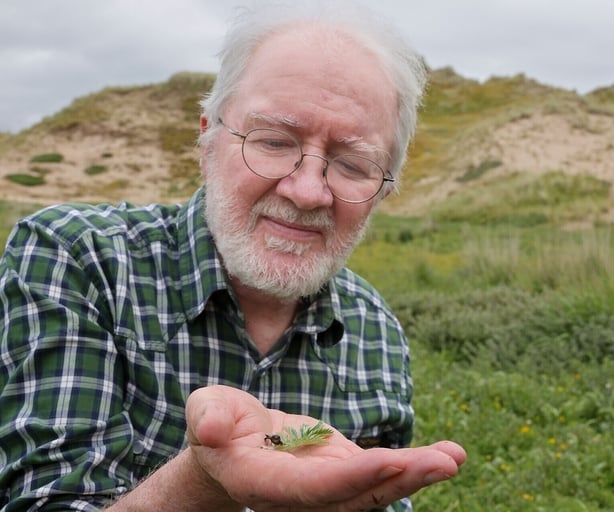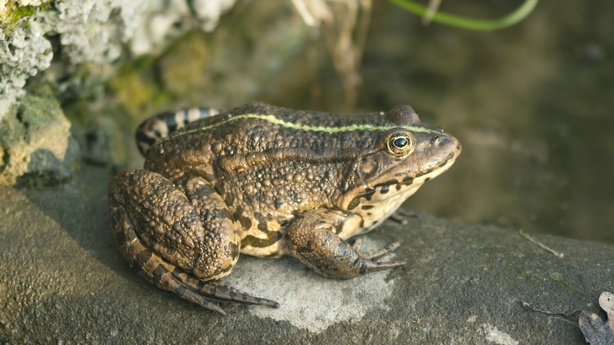Hundreds of natterjack toads have been released in Co Kerry in what is a first for Ireland's newest national park, Páirc Náisiunta na Mara.
The natterjack is Ireland's only native toad, and unique to coastal Kerry.
It has been under threat from changing agricultural practices in the area as well as climate change, and 1,000 natterjacks have been bred in Dingle Oceanworld, in a volunteer breeding programme in conjunction with the National Parks and Wildlife Service (NPWS).
Today, 500 of the toadlets were released into the dunes at Inch peninsula in Dingle, Co Kerry, which are now State-owned as part of Páirc Náisiunta na Mara.
Minister for Nature Malcolm Noonan who assisted in releasing the toads today said: "This has really become an annual event for nature lovers in the kingdom, and is such a great example of science and the local community working together to halt the decline of this iconic species, unique to Castlemaine and Castlegregory."

An amphibian specialist in the NPWS said the project was undertaken in order to improve the breeding success of the toad.
Speaking on RTÉ's Morning Ireland, Dr Ferdia Marnell described the toad as being "quite like a frog" but a bit smaller.
He said they "have a very distinctive yellow stripe right down the centre of the back", which distinguishes them from frogs.
"And then if you see them sort of running, you actually they don't hop like a frog does. They actually run along the ground."
We need your consent to load this rte-player contentWe use rte-player to manage extra content that can set cookies on your device and collect data about your activity. Please review their details and accept them to load the content.Manage Preferences
Dr Marnell said the natterjack is only found in the coastal strips of Castlemaine Harbour and up around the Maharees and Castlegregory in Kerry.
He said the toadlets will spend around two or three years on land eating and growing and "then hopefully in about three years' time, they'll be big enough to come back to the ponds and actually start breeding themselves."
But, he said, it is a tough life being a toad.
"Everything likes to eat them, anything that's bigger than them, from shrews and rats and herons and otters and foxes.
"There really are sort of fast food for any of the sort of predators that are out there," he said.

Dr Marnell said the biggest risk for the natterjack is at the tadpole stage.
"So, when they're in the pond they breed in these shallow ponds, which do tend to dry up. It's sort of a natural thing, but some years we have great success. Last year was a really good year and we had thousands and thousands of young toadlets metamorphosed.
"But this year it's been sort of dry at the wrong time. So, we've been really delighted to be working with Dingle Ocean World to try and save some of these tadpoles."
The tadpoles "metamorphosed in the last week, and they're ready to be returned out to the wild, and fingers crossed, they'll do well," Dr Marnell said.
We need your consent to load this rte-player contentWe use rte-player to manage extra content that can set cookies on your device and collect data about your activity. Please review their details and accept them to load the content.Manage Preferences

